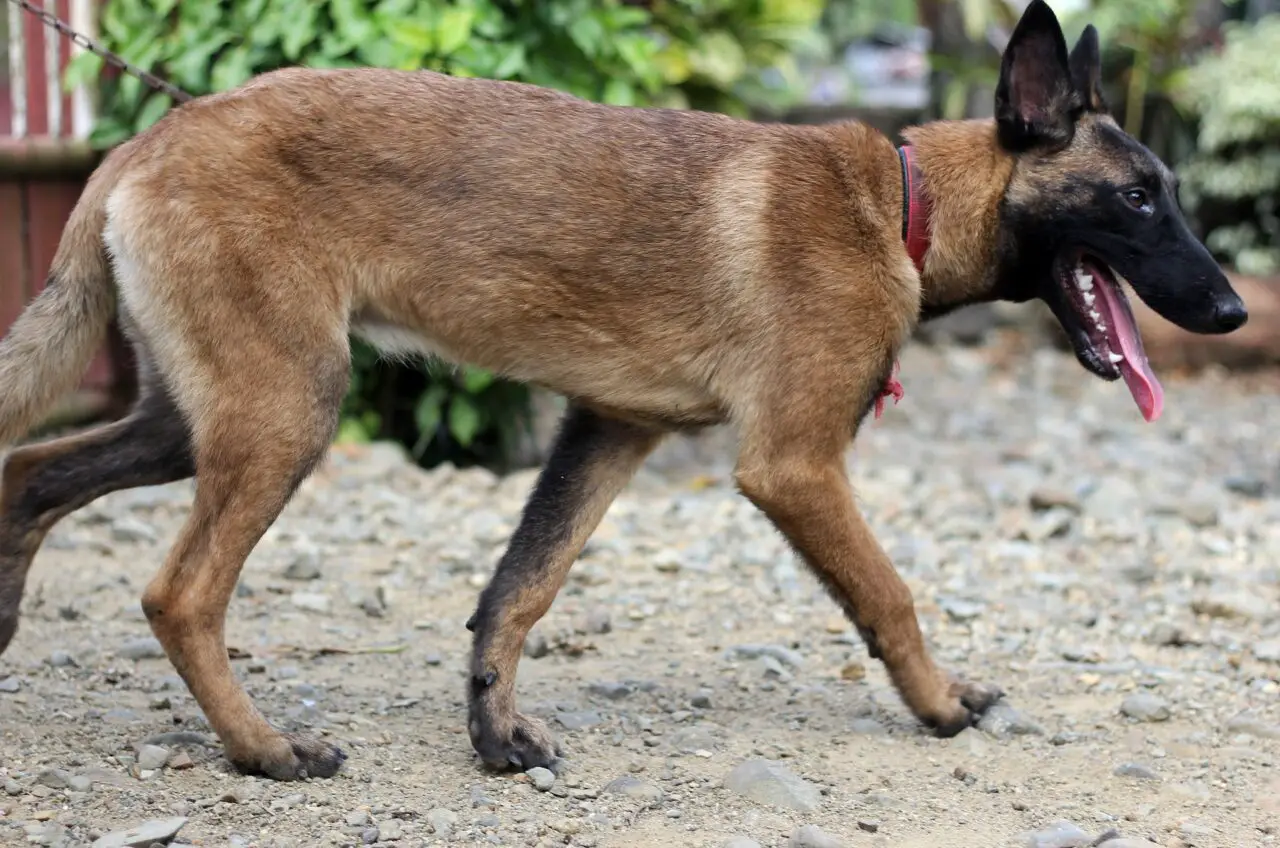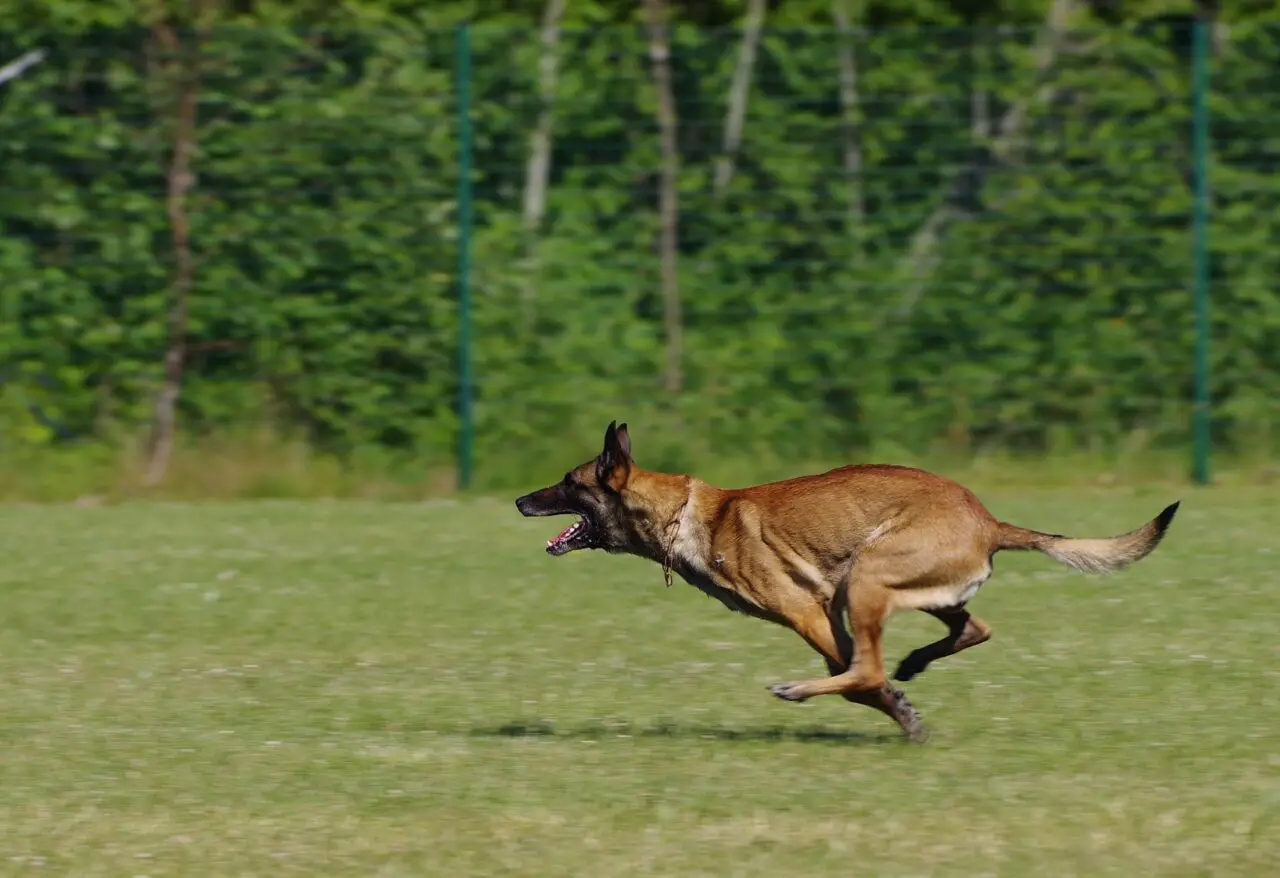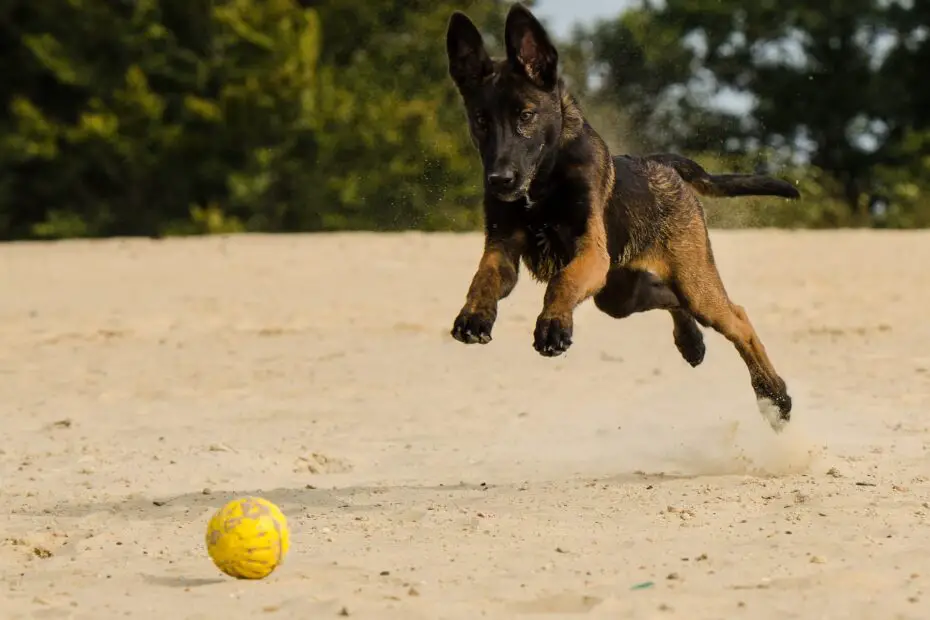Belgian Malinois puppies are a bundle of energy and intelligence, captivating dog lovers with their striking appearance and exceptional working abilities. In this article, we will dive into the world of Belgian Malinois puppies, exploring their history, characteristics, care, and training. Whether you are considering adding a Belgian Malinois to your family or simply curious about this remarkable breed, this guide will provide you with valuable insights and guidance.
You may also want to read about lab puppies.
History and Origin
Belgian Malinois puppies trace their lineage back to Belgium, where they were initially developed as versatile working dogs. Bred for their intelligence, agility, and endurance, these dogs have excelled in various tasks, including herding, police and military work, search and rescue operations, and competitive dog sports.
Characteristics and Temperament
Belgian Malinois puppies possess a unique combination of energy, intelligence, and loyalty. They are known for their unwavering dedication to their families and their strong protective instincts. With proper training and socialization, these puppies grow up to be confident, well-behaved, and reliable companions.
Physical Appearance
The Belgian Malinois is a medium-sized breed with a well-muscled body and a sleek, short coat. They have a striking presence, with their alert, almond-shaped eyes and erect ears. Their athletic build and agile movements showcase their readiness for action.

Trainability and Working Abilities
Belgian Malinois puppies are highly trainable and thrive in jobs that require mental stimulation and physical challenges. Their intelligence and eagerness to please make them quick learners, allowing them to excel in obedience training, agility courses, and various working roles.
Care and Maintenance
Providing proper care and maintenance is crucial for the health and well-being of Belgian Malinois puppies. Their active nature demands regular exercise, mental stimulation, and a balanced diet. Additionally, grooming and health considerations should be kept in mind to ensure their overall happiness.
Grooming Requirements
Belgian Malinois puppies have a short, dense coat that requires minimal grooming. Regular brushing to remove loose hair and occasional baths are generally sufficient to keep their coat clean and healthy.
Health Considerations
While Belgian Malinois puppies are generally robust and healthy, it is essential to be aware of potential breed-specific health issues. Regular veterinary check-ups, vaccinations, and a nutritious diet are vital for maintaining their health and detecting any potential health concerns early on. Some common health issues in Belgian Malinois puppies include hip dysplasia, progressive retinal atrophy (PRA), and elbow dysplasia. Responsible breeders prioritize health testing and provide necessary documentation to ensure the puppies come from healthy bloodlines.
Finding a Belgian Malinois Puppy
When looking for a Belgian Malinois puppy, it is crucial to choose a reputable breeder or consider adoption options. Working with a responsible breeder ensures that the puppy has been bred ethically and has received proper care and socialization from an early age. Adoption from shelters or rescue organizations is another option, offering the chance to give a deserving Malinois a loving home.
Selecting a Reputable Breeder
To find a reputable breeder, it is essential to do thorough research. Look for breeders who prioritize health testing, provide a clean and nurturing environment for their puppies, and are knowledgeable about the breed. Reputable breeders will be open to answering questions, offer support, and provide documentation of health clearances and pedigrees.
Rescue and Adoption Options
Adopting a Belgian Malinois puppy from a shelter or rescue organization is a rewarding choice that gives a deserving dog a second chance. Many Malinois rescue organizations specialize in finding suitable homes for these incredible dogs. Through adoption, you not only provide a loving home but also contribute to reducing the number of dogs in shelters.

Training and Socialization
Training and socialization are essential for Belgian Malinois puppies to develop into well-rounded and balanced dogs. Early training should focus on obedience, reinforcing positive behaviors, and providing mental stimulation. Socialization from a young age helps them become comfortable and confident in various environments, interacting positively with people and other animals.
Obedience Training
Obedience training lays the foundation for a well-behaved Belgian Malinois puppy. Teaching basic commands such as sit, stay, and come helps establish a line of communication between you and your furry companion. Consistency, positive reinforcement, and reward-based training methods are key to their success.
Socializing with People and Other Animals
Proper socialization is crucial for Belgian Malinois puppies to develop good manners and friendly behavior. Introduce them to different environments, people of all ages, and other animals in controlled and positive settings. This helps them build confidence, learn appropriate behavior, and form positive associations with new experiences.
Frequently Asked Questions
- Are Belgian Malinois puppies suitable for first-time dog owners? Belgian Malinois puppies are highly intelligent and energetic, which can make them challenging for first-time dog owners. They require dedicated training, socialization, and an active lifestyle. It is recommended for first-time owners to research the breed thoroughly and be prepared for the commitment and responsibility they require.
- Do Belgian Malinois puppies get along with children and other pets? Belgian Malinois puppies can get along well with children and other pets if properly socialized from a young age. Early socialization helps them develop positive relationships and appropriate behavior. However, supervision and teaching children how to interact respectfully with the puppy are crucial.
- How much exercise do Belgian Malinois puppies need? Belgian Malinois puppies have high energy levels and require substantial exercise to keep them physically and mentally stimulated. Daily activities such as long walks, jogging, playtime, and interactive games are essential for their well-being. Lack of exercise can lead to boredom, destructive behavior, and frustration.
- Can Belgian Malinois puppies adapt to apartment living? While Belgian Malinois puppies can adapt to apartment living with proper exercise and mental stimulation, it is not the ideal environment for this energetic breed. They thrive in homes with access to a secure, fenced yard where they can engage in regular physical activity. Apartment living may require additional effort to ensure they receive sufficient exercise and mental stimulation.
- Are Belgian Malinois puppies suitable for families with small children? Belgian Malinois puppies can be suitable for families with small children, but it is crucial to supervise interactions and teach both the children and the puppy proper behavior. Early socialization and training can help establish a positive relationship between the puppy and children, but caution should always be exercised to prevent any accidental injuries.
Conclusion
Belgian Malinois puppies are extraordinary companions, known for their intelligence, loyalty, and working abilities. Whether you’re captivated by their striking appearance, fascinated by their versatility, or looking for a loyal and devoted companion, the Belgian Malinois breed offers a remarkable experience. By understanding their history, characteristics, care, and training requirements, you can provide the ideal environment for a happy and fulfilled Belgian Malinois puppy in your life.
